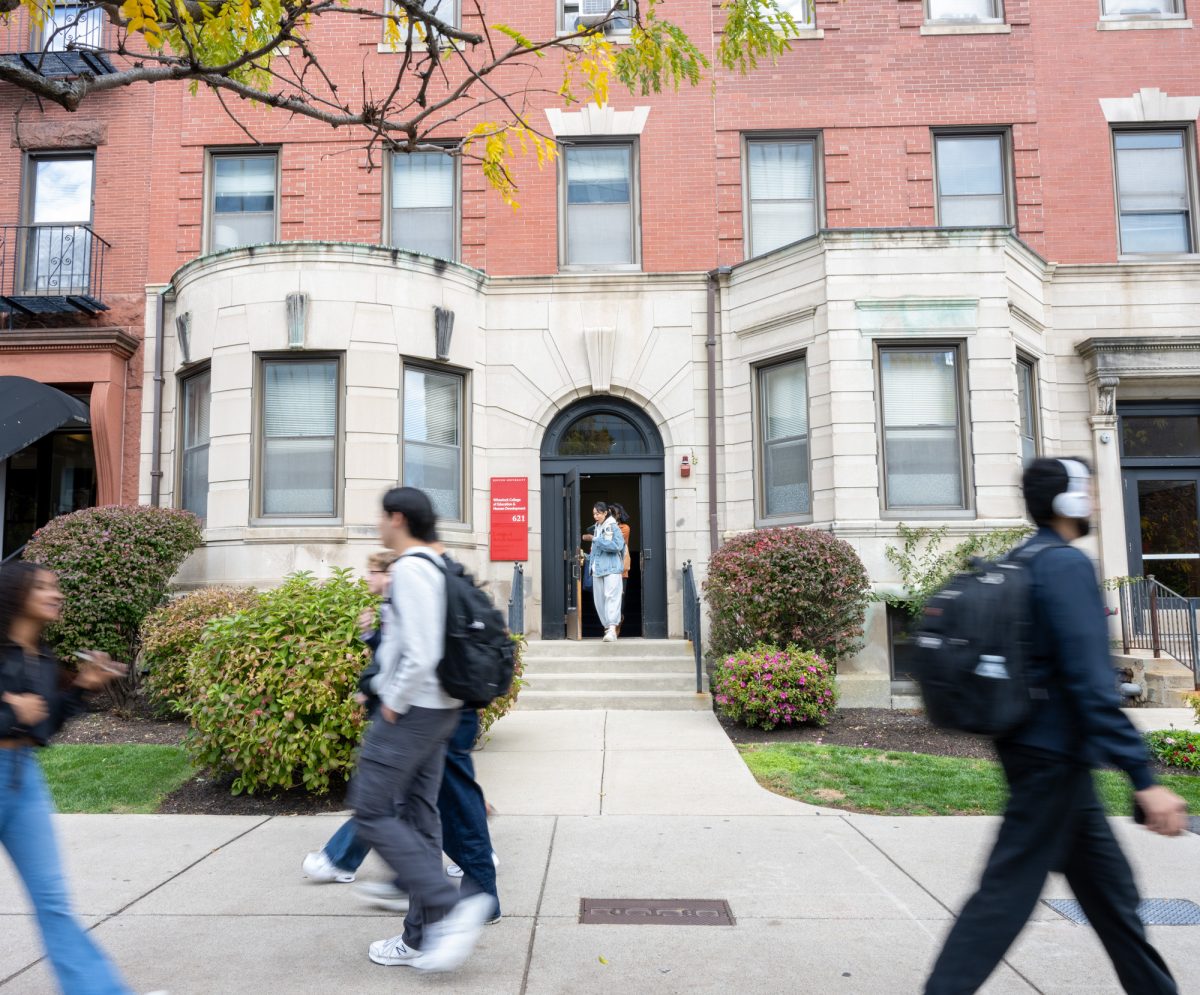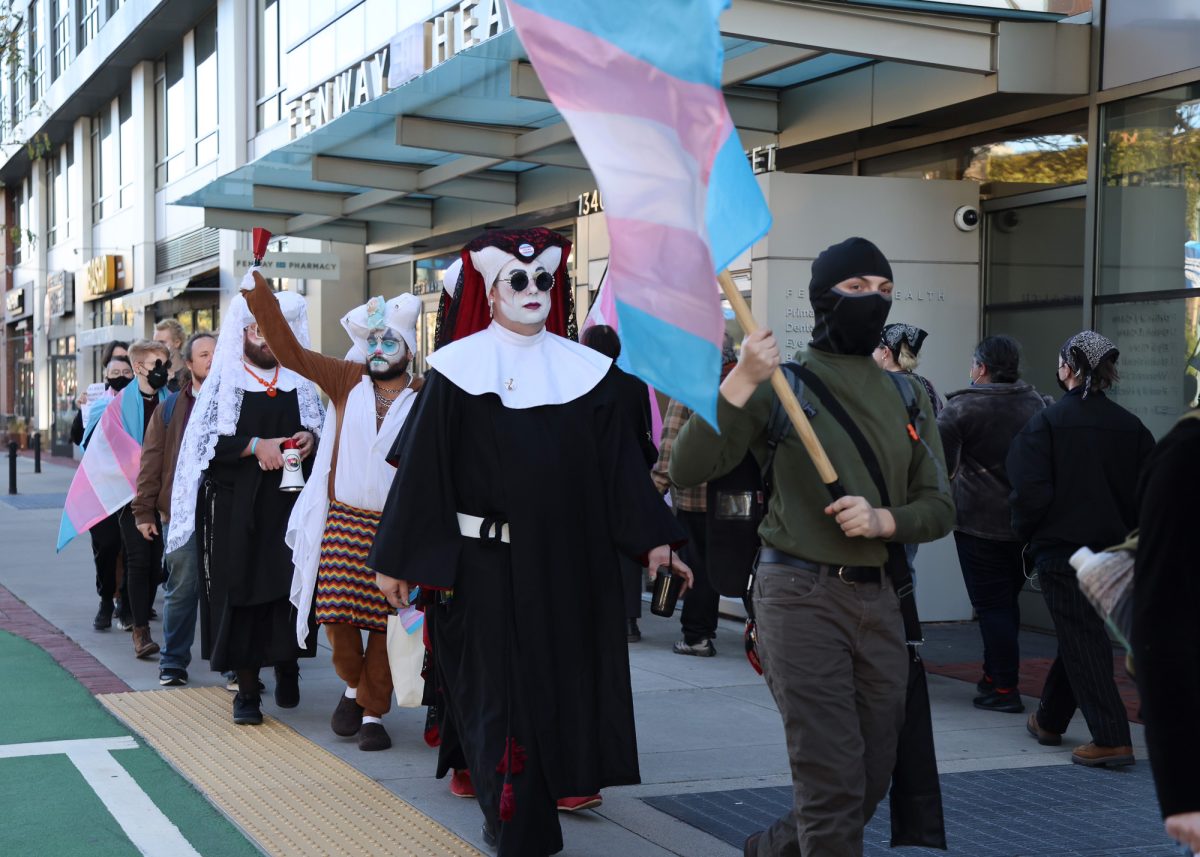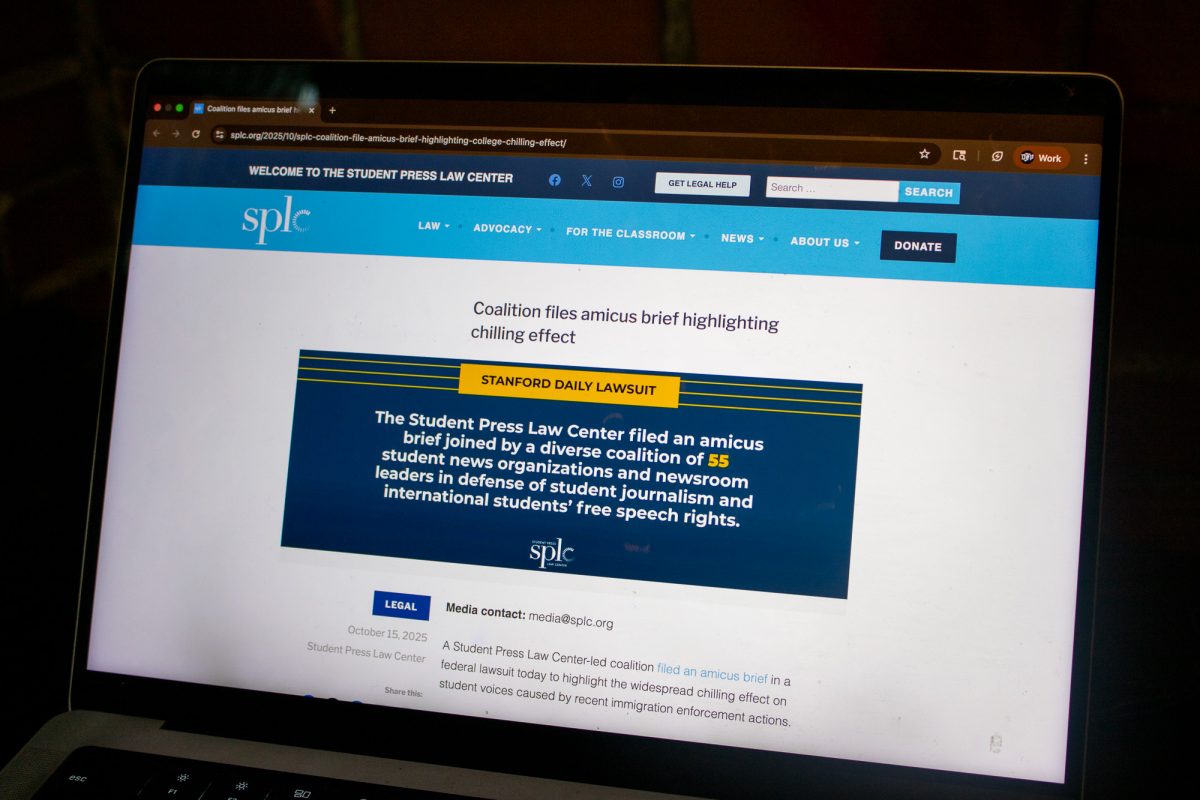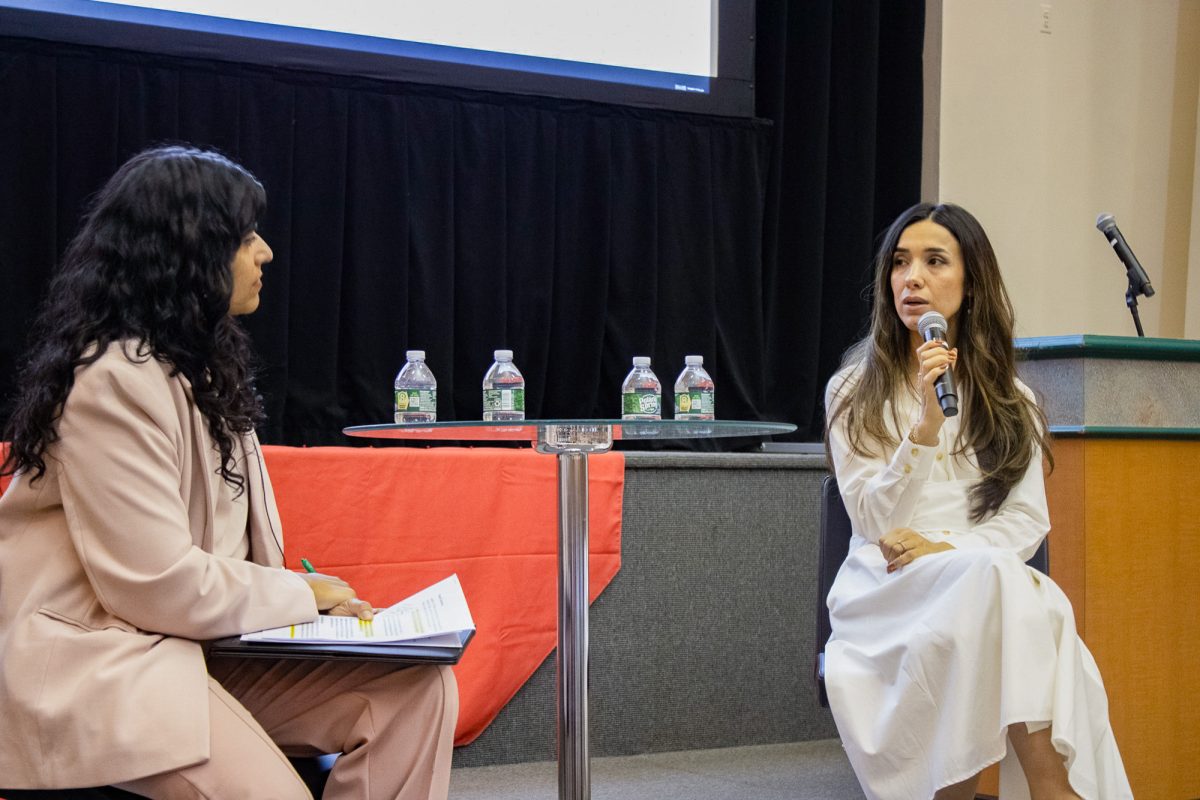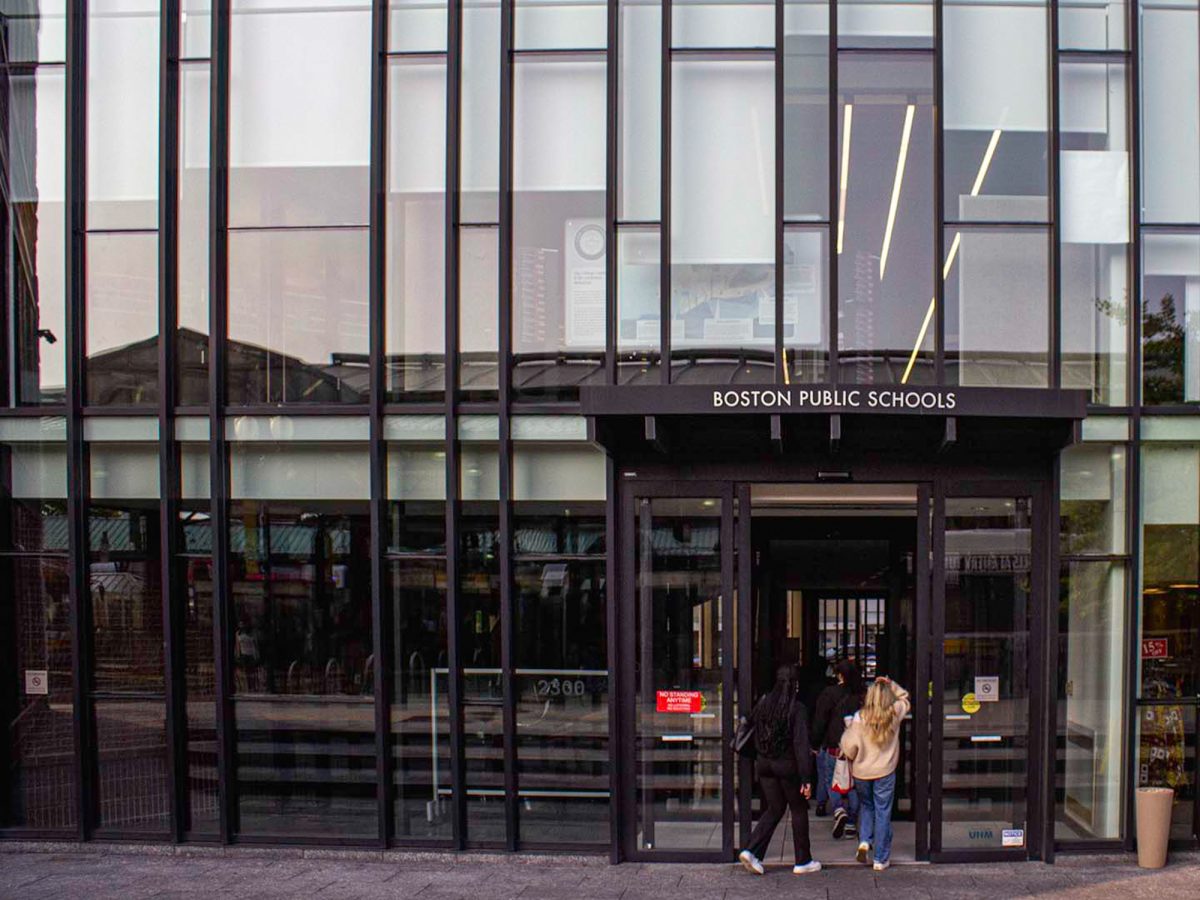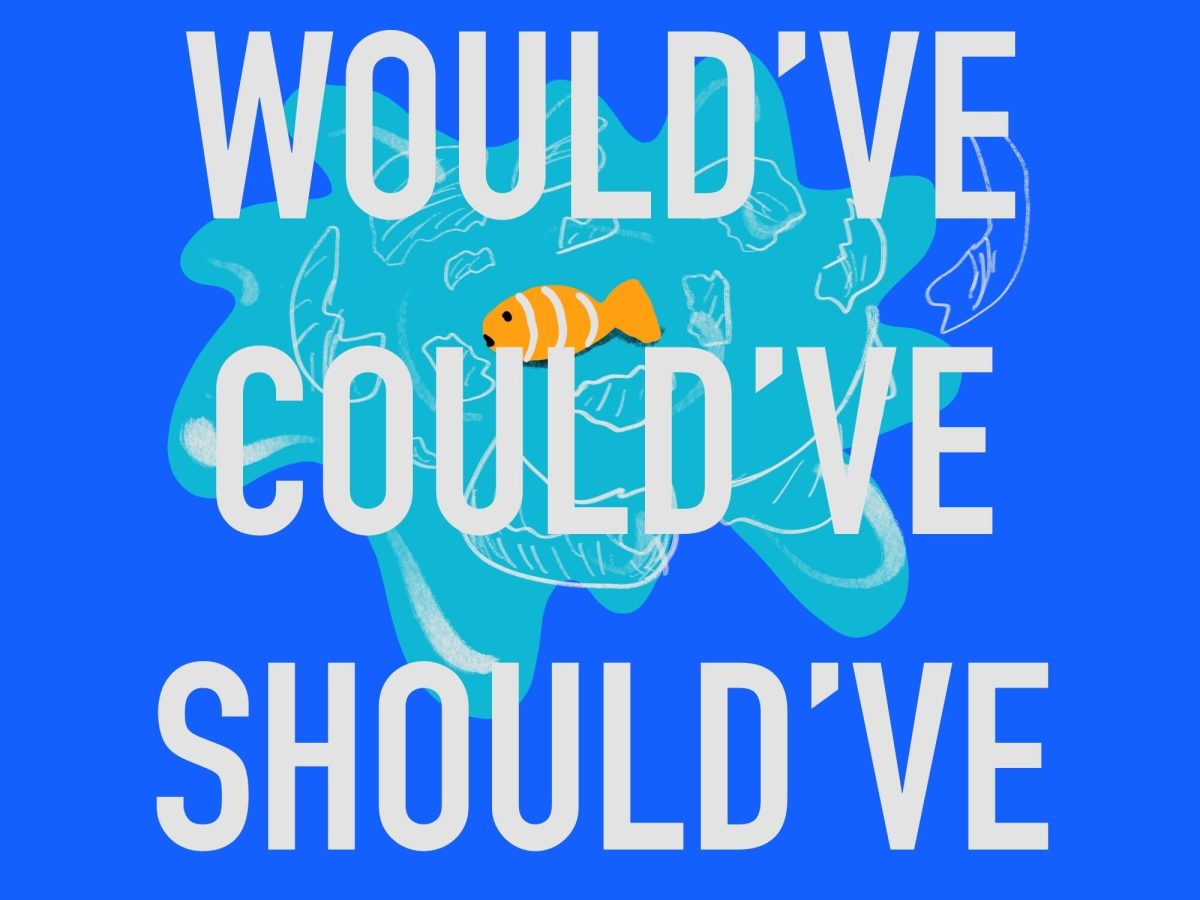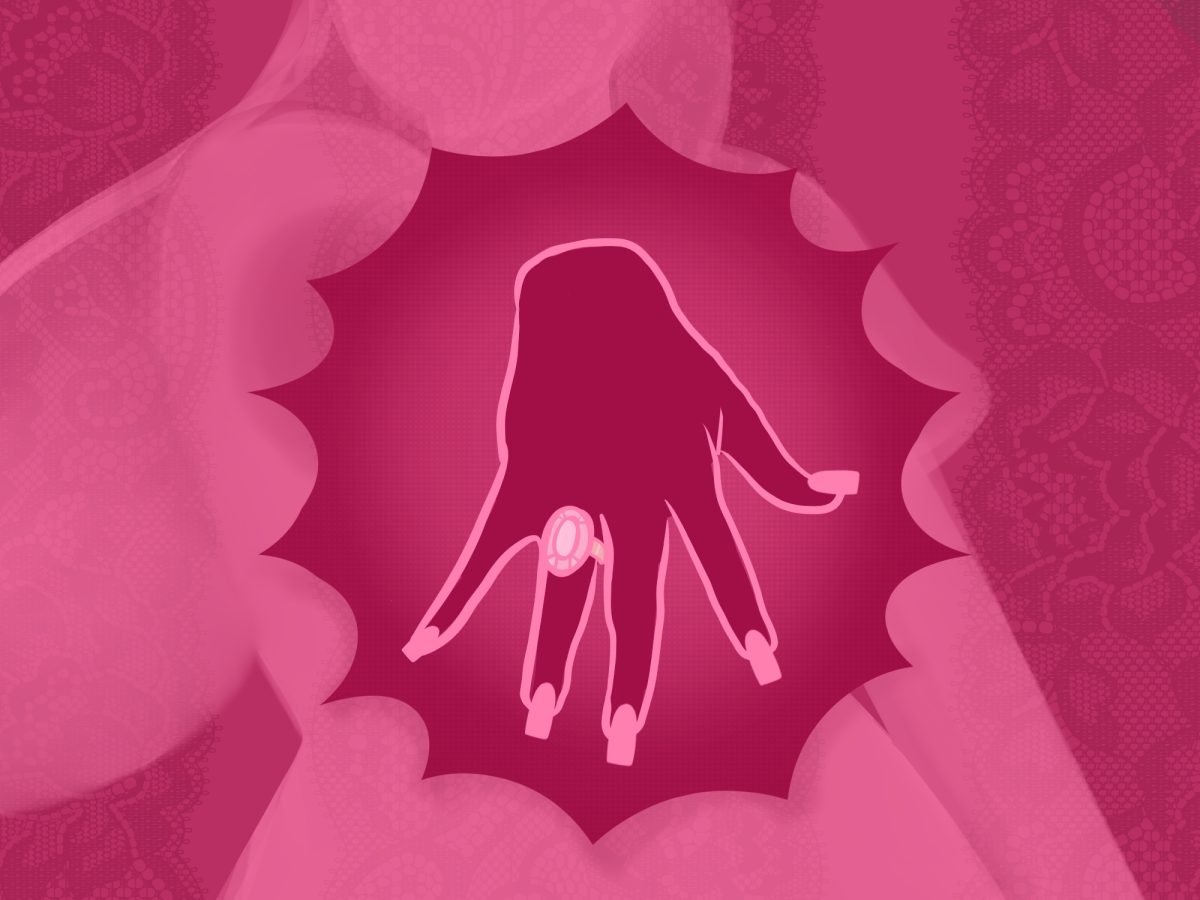In the Bay State, one-fourth of all middle schoolers are victims of bullying, while 16 percent of high school students have been bullied, a study published in Center for Disease Control and Prevention’s Morbidity and Mortality Weekly Report revealed Friday.
The study is based on the 2009 Massachusetts Youth Health Survey, which is conducted every two years and which asks about 6,000 random high school and middle school students in about 138 schools about their education and living environment.
The anonymous survey, the first state-specific bullying analysis in the United States, also took into account differences among race, age, sex, ethnicity and unfinished surveys.
This is the first year that the survey included questions about whether the students are bullies or have bullied other students.
Representatives from the CDC helped the state analyze the data.
“It’s good that researchers have underscored the relationship between bullying and abusive aggression,” said Elizabeth Englander, an assistant professor of psychology at Bridgewater University and the director of the Massachusetts Aggression Reduction Center.
However, Englander said the results from the survey do not surprise her. She said she hopes that now others will understand that action needs to be taken toward combating bullying in schools.
“Bullying is an abuse behavior and I’m not surprised to see a statistical link between bullying behaviors and family abuse,” Englander said. “It’s very good that these researchers have publicized these findings so that the public can become increasingly educated about what bullying is and how to help prevent it.”
There is also a link between violence at home and bullying at school, according to the study.
Students who reported to have been bullied or been victims of bullying were five times more likely to report they had been physically abused by a family member.
“This finding provides confirmation for what psychologists and educators have known for a while – that a student’s home environment can have a dramatic impact on his or her peer relationships,” said Jennifer Green, a Boston University professor of education who specializes in analyzing how schools handle students’ emotional and behavioral disorders.
In an email, Green suggested handling bullying prevention as a shared effort between schools and the community.
“In the context of these findings, treating bullying as purely a ‘school problem’ is probably a mistake,” Green said. “Instead, it suggests the importance of collaborations between schools, families, and communities to prevent violence.”
The report also said that bullies or victims alike were three times more likely to report seriously considering suicide.
Bullies and their victims also confessed to higher rates of drug and alcohol abuse than students who had been neither the bully nor the victim, according to the study.
These results come a year after Gov. Deval Patrick signed an anti-bullying bill that requires teachers to report bullying to principles and bans cyber bullying.
However, Green said that this method undermines what students really need.
“Interventions that are designed to specifically and only address bullying may miss the bigger picture of children’s needs, Green said. “The most effective interventions will require an in-depth understanding of why any particular child is involved in bullying (either as a bully or a victim of bullying) in the context of that individual student’s history, family, and school environment.”

